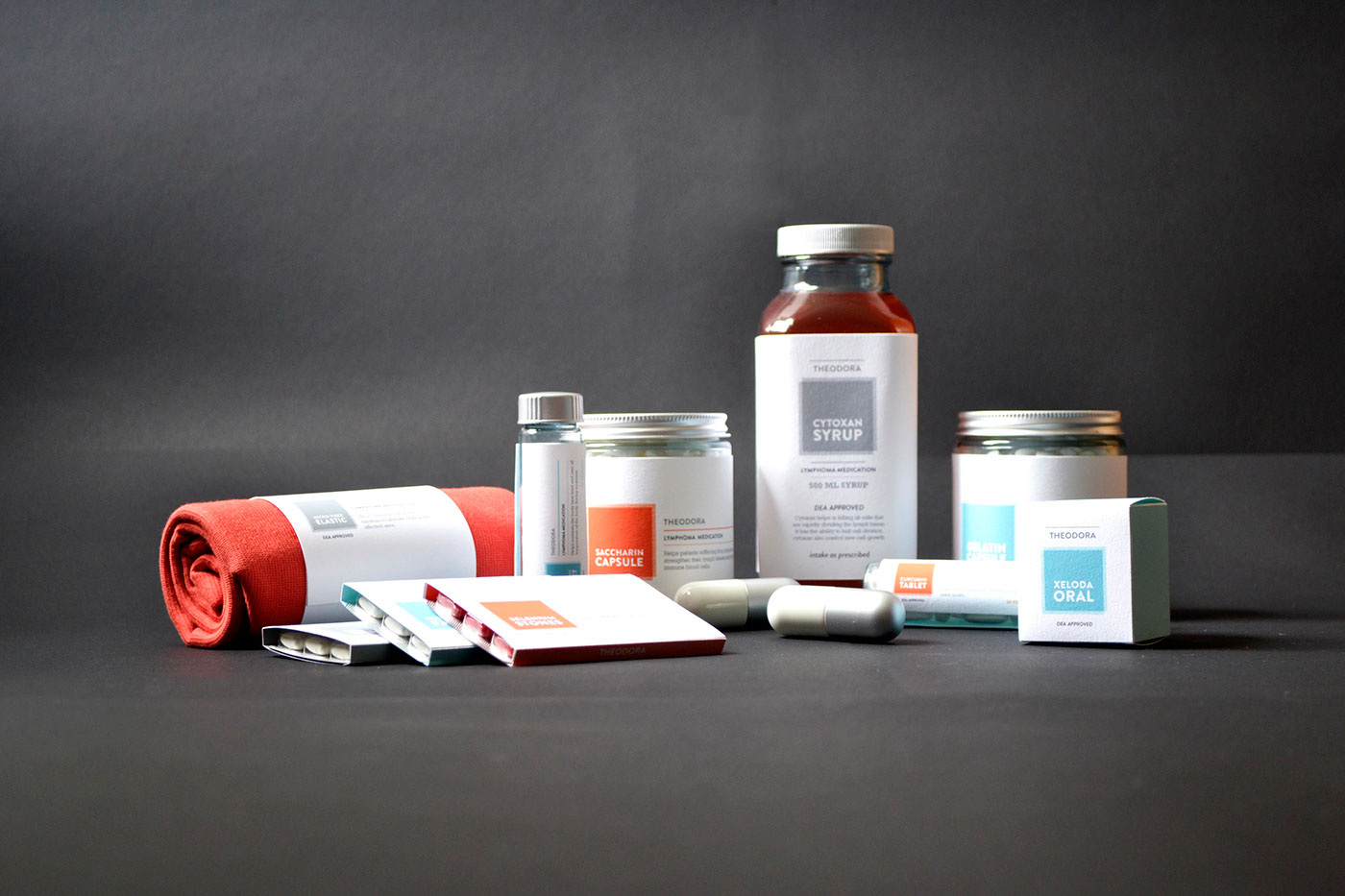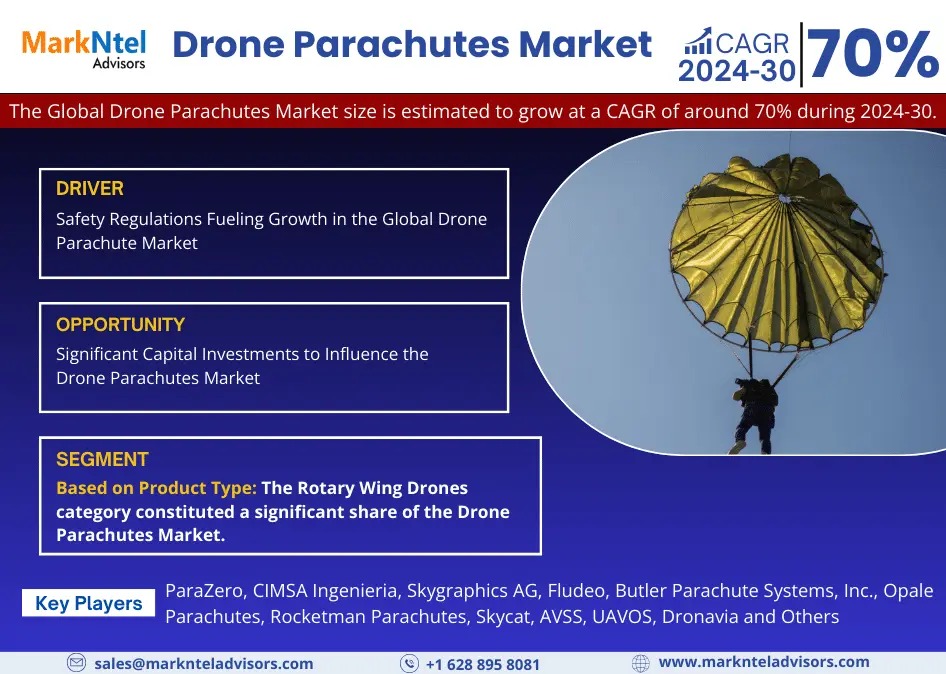In the rapidly evolving pharmaceutical industry, packaging plays a crucial role in ensuring the safety, efficacy, and stability of medications. As we delve into the intricacies of pharmaceutical packaging, we will explore its various dimensions, including materials, regulations, design considerations, and emerging trends.
Understanding Pharmaceutical Packaging
Pharmaceutical packaging encompasses the technology and processes used to contain and protect pharmaceutical products. This includes both the outer packaging, such as boxes and cartons, and the inner packaging, such as blister packs and vials. The primary goals of pharmaceutical packaging are to safeguard the product from contamination, ensure its integrity throughout the supply chain, and provide essential information to healthcare professionals and patients.
Key Functions of Pharmaceutical Packaging
- Protection
Pharmaceutical products are sensitive to environmental factors such as light, moisture, and temperature. Effective packaging protects these products from physical damage and chemical degradation. For instance, blister packs are designed to protect tablets from moisture while allowing for easy access. - Stability
Stability refers to the ability of a pharmaceutical product to maintain its intended physical, chemical, and microbiological quality throughout its shelf life. Packaging materials must be selected carefully to ensure they do not interact adversely with the product. - Identification and Information
Clear labeling is essential for the safe use of pharmaceuticals. Packaging must provide accurate information, including dosage instructions, expiration dates, and storage conditions. This not only aids healthcare providers but also ensures patient safety. - Compliance with Regulations
The pharmaceutical industry is heavily regulated. Packaging must comply with local and international regulations, such as those enforced by the FDA in the United States and the EMA in Europe. These regulations govern aspects like labeling, child-resistance, and tamper-evidence.
Types of Pharmaceutical Packaging Materials
The choice of packaging material is vital for maintaining product integrity and compliance. Common materials used in pharmaceutical packaging include:
Glass
Glass is inert, impermeable, and provides an excellent barrier against gases and moisture. It is commonly used for vials and ampoules. However, glass can be fragile, requiring careful handling and transportation.
Plastics
Various types of plastics are utilized in pharmaceutical packaging, including polyethylene, polypropylene, and PVC. These materials are lightweight and can be molded into a variety of shapes. They are often used in bottles, syringes, and blister packs. However, considerations regarding leachables and extractables are critical when using plastics.
Metal
Aluminum is frequently used in packaging for its lightweight and barrier properties. It is ideal for applications such as collapsible tubes for ointments and foils for blister packs.
Paper and Cardboard
Often used for secondary packaging, paper and cardboard are sustainable options that provide protection and branding opportunities. They are frequently employed in cartons and labels.
Innovative Packaging Technologies
As the pharmaceutical industry advances, so do the technologies involved in packaging. Some innovative trends include:
Smart Packaging
Smart packaging incorporates technology to enhance the user experience and improve safety. Examples include QR codes that provide additional product information and temperature indicators that monitor storage conditions.
Child-Resistant Packaging
Given the potential dangers of pharmaceuticals, especially in households with children, child-resistant packaging is crucial. This type of packaging is designed to be difficult for children to open while remaining accessible to adults.
Tamper-Evident Packaging
Tamper-evident features help ensure that pharmaceutical products have not been altered or contaminated. Packaging can include breakable seals, shrink bands, and specialized closures to provide this assurance.
Sustainable Packaging Solutions
With growing environmental concerns, the pharmaceutical industry is increasingly focusing on sustainable packaging solutions. Options such as biodegradable materials and recyclable designs are becoming more prevalent.
Regulatory Considerations in Pharmaceutical Packaging
Navigating the regulatory landscape is essential for pharmaceutical companies. Key regulations governing pharmaceutical packaging include:
FDA Regulations
In the United States, the Food and Drug Administration (FDA) establishes guidelines for labeling, packaging, and advertising pharmaceuticals. Compliance is mandatory for all products sold in the U.S. market.
EU Regulations
The European Medicines Agency (EMA) oversees pharmaceutical regulations in Europe. Key aspects include the need for child-resistant packaging, tamper-evidence, and adherence to the Falsified Medicines Directive (FMD).
ISO Standards
International Organization for Standardization (ISO) standards provide frameworks for ensuring quality and safety in pharmaceutical packaging. Adhering to these standards can enhance credibility and ensure global compliance.
Design Considerations for Pharmaceutical Packaging
Effective design is crucial not only for compliance but also for marketing and user experience. Key design elements include:
User-Centric Design
Packaging should be designed with the end-user in mind, ensuring ease of use and accessibility. Features such as easy-open designs and clear labeling can significantly enhance the user experience.
Branding and Aesthetics
Pharmaceutical packaging must balance functionality with aesthetics. Well-designed packaging can enhance brand recognition and convey trustworthiness.
Functionality and Practicality
The packaging must facilitate the safe storage and transport of pharmaceutical products. Features such as moisture barriers, child-resistant caps, and easy-to-read labels are essential.
Conclusion
Pharmaceutical packaging is a multifaceted discipline that plays a critical role in the success of pharmaceutical products. By understanding the functions, materials, technologies, regulations, and box packaging design considerations involved, companies can ensure they meet both safety standards and consumer expectations. As the industry continues to evolve, embracing innovation and sustainability will be essential in the future of pharmaceutical packaging.




